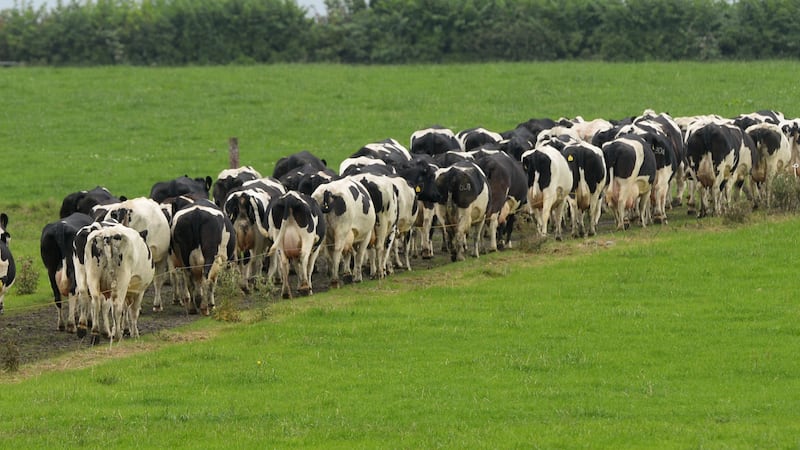The number of new homes built in the Republic more than doubled in October compared with a year earlier, but the number of properties built is still far from levels needed to satisfy demand, an analysis by stockbroker Goodbody shows.
In October, 1,067 new properties were registered under the building energy rating scheme, according to Goodbody’s data. That represents an increase of 110 per cent on the same month in 2016.
While overall housebuilding in the year so far is up 82 per cent, only 7,503 properties have been completed at a time when many economists and property experts believe at least 30,000 homes are required to satisfy demand.
In its analysis, Goodbody points out that electricity connections, a measure commonly used by the Government, suggest 13,533 houses were built in the year to September.
The ESB data includes connections triggered by work to existing buildings, or by formerly vacant properties coming back on stream.
Dublin was the county in which the majority of new homes were built in the first 10 months of this year and, if the commuter counties of Wicklow, Meath and Kildare are taken into account, greater Dublin accounted for 72 per cent of new homes being completed.
There was, however, relatively significant growth in all of the regions, albeit from low bases. Housebuilding in the mid-east up 95 per cent, activity in the midwest up 73 per cent, and growth in the southwest up 62 per cent.
Apartment construction
The most common type of properties constructed so far this year were semidetached and detached houses, of which 4,481 were built. After that, the volume of apartments grew by 107 per cent to 1,214, although the majority of those, some 94 per cent, were completed in Dublin and accounted for 30 per cent of the new builds in the capital.
Goodbody chief economist Dermot O’Leary noted that to resolve Ireland’s housing shortage, “a substantial increase in apartment construction will be required, particularly in urban locations and close to transport networks”.
“This is currently being hampered by high costs of apartment delivery and planning restrictions on densities and heights. It is expected that new regulations on this issue would be published prior to Christmas, but there have been no further updates from the Department of Housing yet,” he wrote in a note to clients.
Mr O’Leary also questioned the accuracy of the official statistics from the department and said that while doubts as to their accuracy in terms of the level of activity were well founded, “there is exceptionally strong growth now in train”.
Gulf between estimates
There is, however, a considerable gulf in expert estimations as to how many properties have been built in the past and how many will be built in the future. Last year, the ESRI estimated that we would build 18,000 houses in 2017, a figure that would seem unlikely if Goodbody’s statistics are to be believed.
Meanwhile, Goodbody’s tracker for 2016 showed 5,377 properties were completed. The department suggested 14,932 were built, Savills put it at “fewer than 15,000” while Davy, another stockbroker, suggested the actual level of completed homes last year was closer to 7,500.















